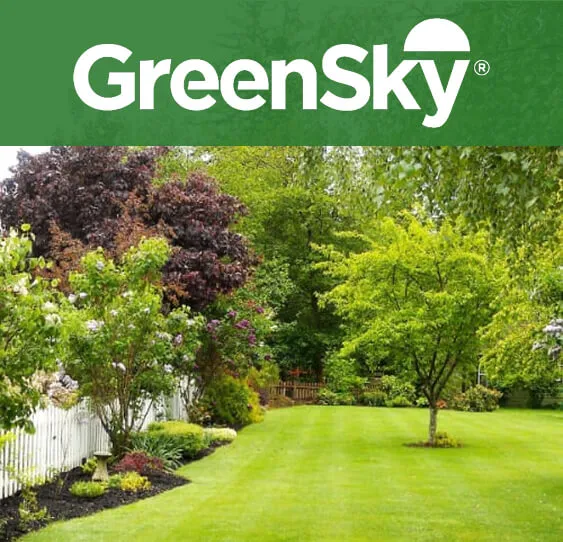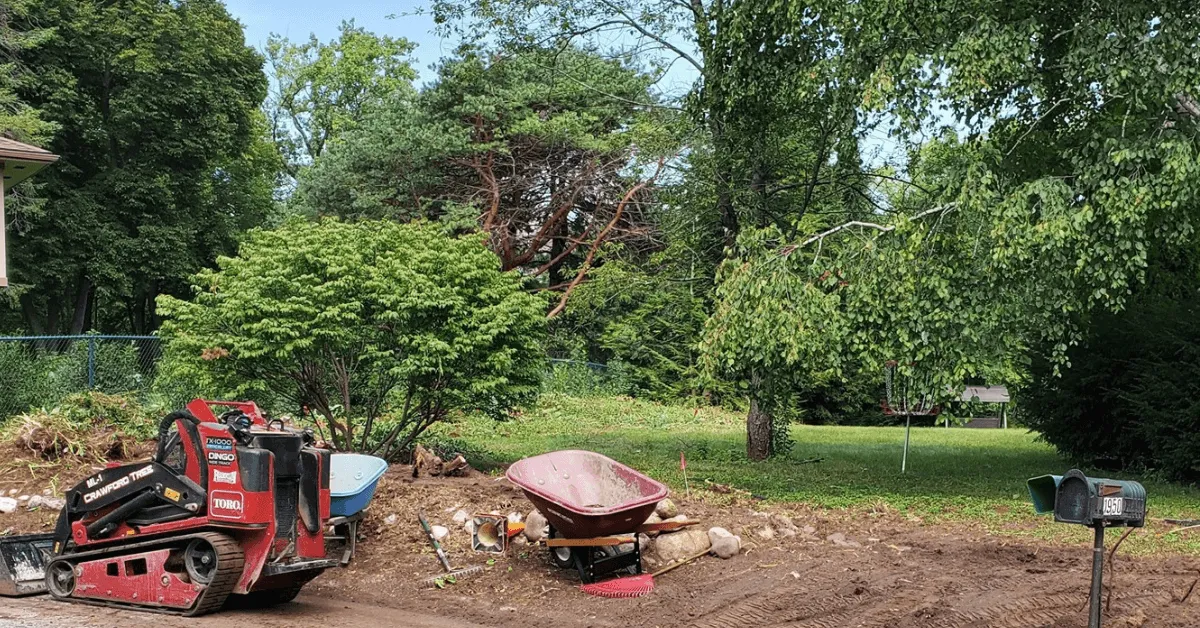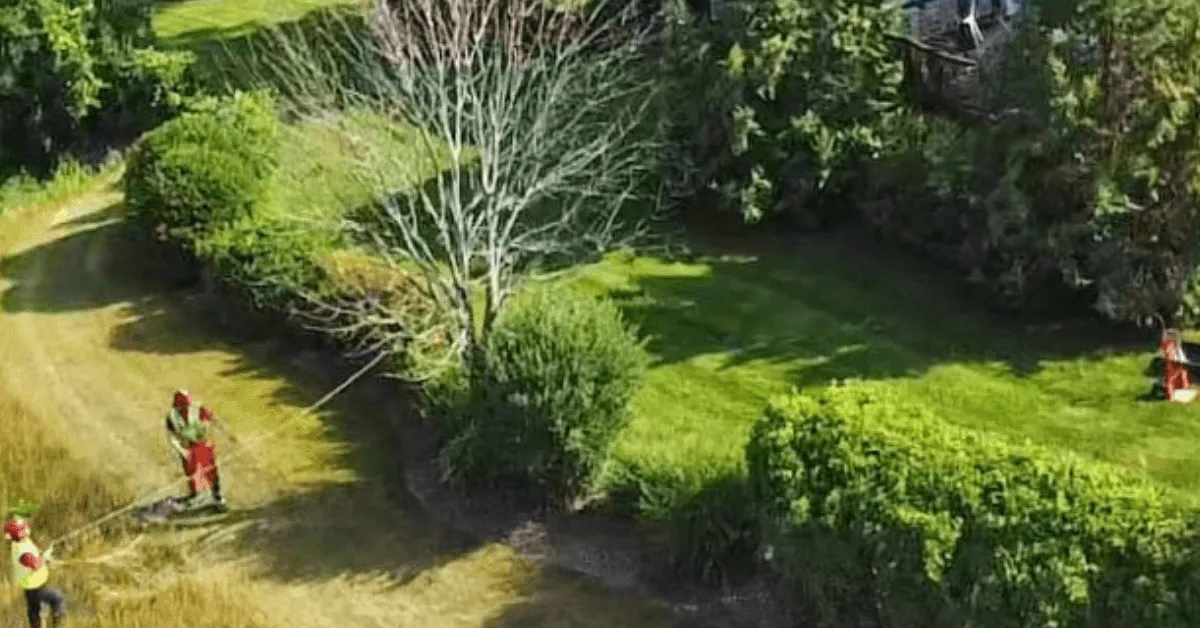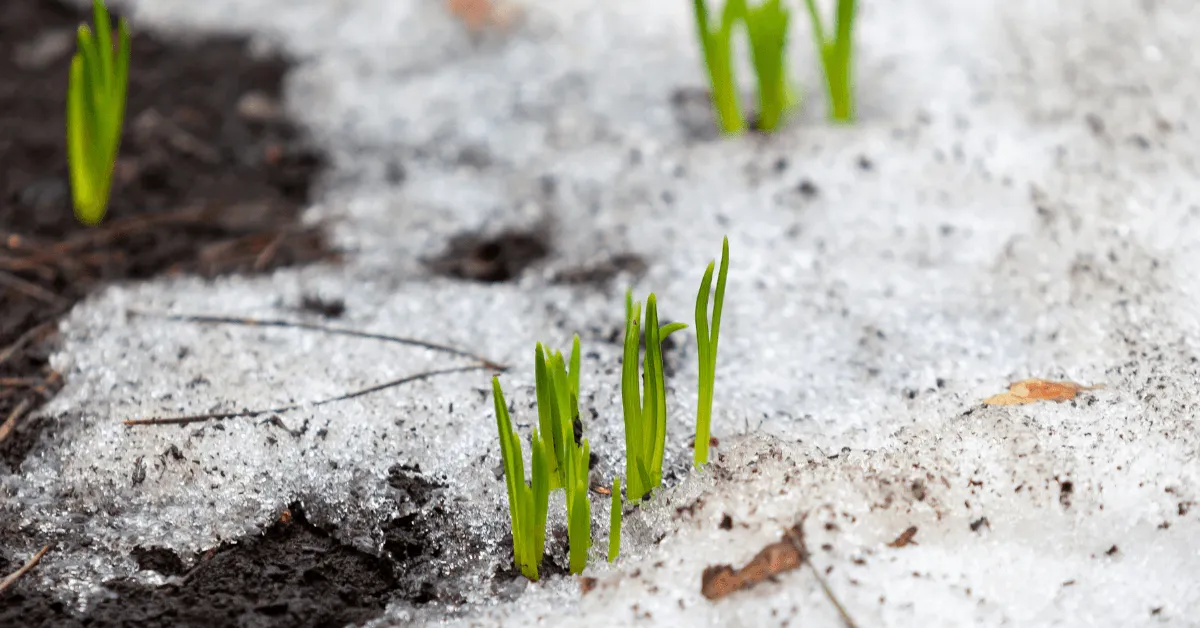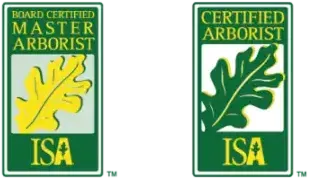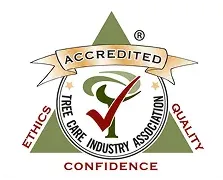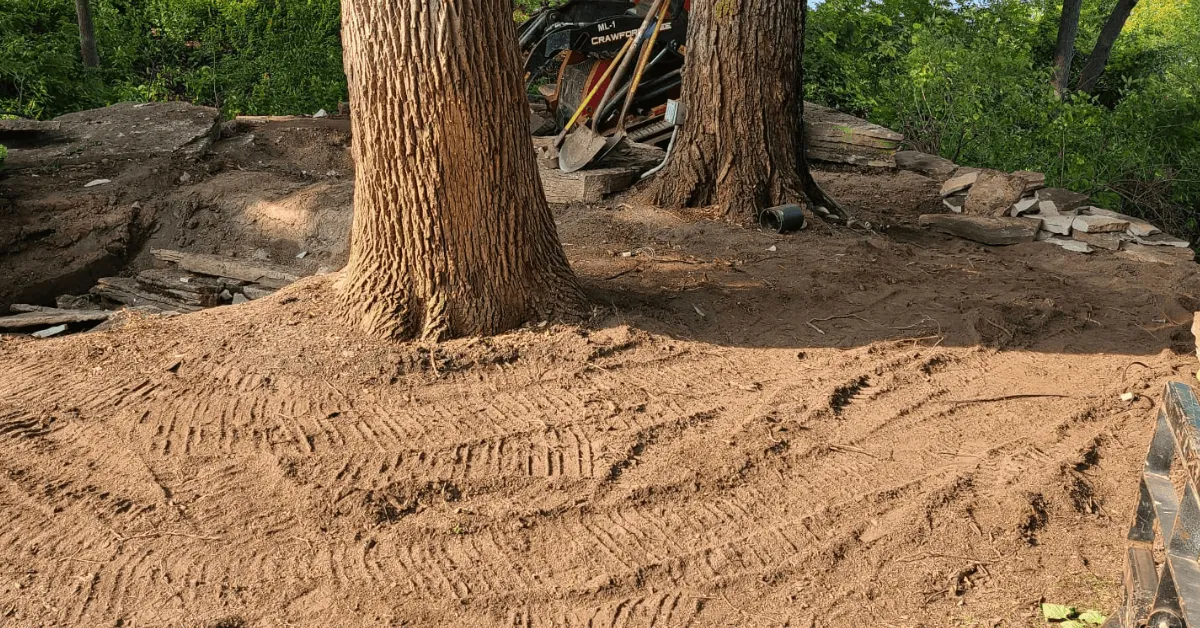
October 23, 2025
In Milwaukee, fertilizing at the wrong time can do more harm than good. Put it down too early in spring and nutrients wash away before the grass starts growing. Adding too much in the summer and heat stress can burn your lawn. But with the right schedule and products, you can keep cool-season grasses like bluegrass, rye, and fescues green through hot summers and strong enough to handle brutal winters.
This guide walks you through a season-by-season fertilization plan designed for Milwaukee’s climate and soils so your yard stays healthy, thick, and vibrant all year.
How Local Conditions Affect Lawn Fertilization
Before diving into the seasonal schedule, it’s helpful to understand the basics of Milwaukee lawns.
Grass Varieties
Most residential lawns in southeastern Wisconsin are made up of cool-season grasses, which thrive in spring and fall. Common varieties include:
- Kentucky Bluegrass – Known for its lush appearance and deep green color
- Perennial Ryegrass – Quick to germinate and resilient under foot traffic
- Fine and Tall Fescues – Shade-tolerant and adaptable
These grasses all need consistent nitrogen to stay green, along with phosphorus and potassium for strong roots and disease resistance.
Milwaukee Soil & Climate
Milwaukee’s soils range from sandy near the lakefront to heavier clay in the suburbs. Sandy soils drain quickly but don’t hold nutrients well, while clay soils retain water but can compact, making fertilization timing important.
The climate adds another layer. With freezing winters and hot, sometimes dry summers, lawns go through stress cycles that fertilization helps to balance.
Spring Lawn Fertilization in Milwaukee
Spring is when Milwaukee lawns wake up from winter dormancy.
When to Fertilize
Wait until the soil warms to about 55°F, usually mid to late April. Fertilizing too early risks wasting nutrients, as grass isn’t actively growing yet.
What to Use
- Slow-release nitrogen fertilizer is best. It fuels steady growth without pushing the grass too fast.
- Look for a balanced formula with phosphorus and potassium if a soil test shows deficiencies.
Tips for Success
- Don’t overdo nitrogen. Too much leads to excessive top growth at the expense of roots.
- Consider pairing fertilization with spring aeration if your soil is compacted.
- If you use a weed-and-feed, apply carefully. Pre-emergent herbicides can prevent crabgrass but may also interfere with new seed if you plan to overseed.
Spring fertilization sets the stage for strong growth, but it’s just the beginning.
Summer Fertilization: Protecting Against Heat Stress
Milwaukee summers can be tough on lawns. High heat, occasional drought, and increased foot traffic from outdoor activities stress your grass.
Timing
- Early summer (June): Apply a lighter round of fertilizer before the heat peaks.
- Late summer (August): Another light application may be needed, especially if your lawn has thinned from stress.
What to Use
- Choose a low-nitrogen, slow-release fertilizer. Too much nitrogen in summer can burn the grass or encourage disease.
- A product with added iron can enhance the green color without excessive growth.
Summer Lawn Care Tips
- Water wisely. Deep, infrequent watering (about 1 inch per week) is better than frequent shallow watering.
- Mow high. Keep grass around 3 inches tall to shade roots and retain moisture.
- Avoid fertilizing during extreme heat waves—wait for cooler weather.
Done right, summer fertilization helps your lawn survive stress and prepares it for the big push in fall.
Fall Fertilization: The Most Important Feeding of the Year
If you only fertilize once a year in Milwaukee, make it in the fall.
Why Fall Matters
Cool-season grasses do most of their root growth in the fall. Fertilizing now fuels strong roots, thickens turf, and stores nutrients for winter survival and spring green-up.
Timing
- Early fall (September): A balanced fertilizer helps recovery from summer stress.
- Late fall (late October–early November): A “winterizer” application focuses on root strength.
What to Use
- A fertilizer with higher potassium supports root health and winter hardiness.
- Moderate nitrogen helps restore color and density without forcing growth.
Expert Tips
- Pair fertilization with aeration and overseeding for maximum results.
- Water after application to move nutrients into the soil.
Fall fertilization is Milwaukee’s secret weapon for lawns that bounce back beautifully in spring.
Winter Prep & Dormant Season Tips
Once the ground freezes, it’s too late to fertilize. Applying fertilizer in winter risks runoff into waterways and doesn’t benefit your grass.
Instead, focus on these winter lawn care tips:
- Keep your lawn clean. Remove leaves and debris before snow falls.
- Avoid heavy traffic. Frozen grass blades can break under stress.
- Watch for snow mold. Prevent issues by not piling snow too heavily in one area.
Winter is more about protection than fertilization, but your fall prep will carry your lawn through until spring.
DIY vs. Professional Lawn Fertilization in Milwaukee
Fertilizing your lawn might seem simple, but results often depend on timing, product choice, and soil health. Here’s how doing it yourself compares to hiring a local lawn care professional in Milwaukee.
DIY Fertilization
Handling your own lawn care can be rewarding if you enjoy the work and have a smaller yard.
Advantages:
- Lower upfront cost — buying fertilizer is cheaper than a service plan.
- You can apply it whenever your schedule allows.
- Works fine for small or low-maintenance lawns.
Drawbacks:
- Easy to over- or under-apply, which can burn grass or cause uneven growth.
- Lacks soil testing, so you’re guessing what nutrients your yard actually needs.
- Doesn’t include extras like weed control, aeration, or pest prevention.
Professional Fertilization
Hiring a lawn care company takes the guesswork out of it and ensures consistent results.
Advantages:
- Custom treatment plans based on your soil and grass type.
- Proper timing and dosage for each season.
- Often bundled with weed, pest, and aeration services.
- Saves you time and effort — no hauling, mixing, or cleanup.
Drawbacks:
-
Higher upfront cost than DIY, though it can save money long-term through healthier turf and fewer mistakes.
Bottom line: DIY works if you’re confident with products and timing, but professionals bring precision and consistent results, especially in Milwaukee’s tricky climate.
Fertilization Schedule Cheat Sheet for Milwaukee Homeowners
| Season | Timing | Fertilizer Type | Notes |
| Spring | Mid–late April | Slow-release nitrogen | Avoid overfeeding |
| Early Summer | June | Light, slow-release | Add iron for color |
| Late Summer | August | Low-nitrogen | Skip if heat-stressed |
| Early Fall | September | Balanced blend | Great with overseeding |
| Late Fall | Oct–Nov | Winterizer, high potassium | Most important feeding |
Common Mistakes Milwaukee Homeowners Make
Even with good intentions, many homeowners hurt their lawns by making these fertilization mistakes:
- Over-fertilizing. Too much nitrogen burns grass and promotes thatch.
- Wrong timing. Fertilizing too early in spring or too late in winter wastes product.
- Skipping soil testing. Without knowing what your soil needs, you may apply the wrong nutrients.
Avoiding these mistakes saves money and improves lawn health long-term.
FAQs About Lawn Fertilization in Milwaukee
When should I fertilize my lawn in Milwaukee?
The best fertilization schedule for Milwaukee lawns is mid to late April (spring), June (early summer), August (late summer), September (early fall), and October to early November (late fall). Fall fertilization is the most important for long-term lawn health.
What type of fertilizer works best for Wisconsin lawns?
Cool-season grasses in Milwaukee thrive on fertilizers with slow-release nitrogen, moderate phosphorus (if a soil test shows it’s needed), and higher potassium in the fall. A winterizer blend is especially effective before winter dormancy.
Should I fertilize before or after mowing?
Fertilize after mowing. Shorter grass blades allow fertilizer to reach the soil more easily, and watering afterward helps nutrients soak in.
Is professional lawn fertilization worth it?
For many homeowners, yes. Professionals use custom fertilizer blends, apply them at the right times, and often combine fertilization with aeration and weed control. This ensures healthier lawns without the guesswork of DIY methods.
Trust Crawford Tree & Landscape for a Healthier Lawn
Fertilizing your lawn in Milwaukee takes more than just applying product — it requires timing each treatment around the city’s climate and your lawn’s natural growth cycles. Proper feeding in spring, summer, and especially fall builds a healthier, more resilient yard that lasts year after year.
If you’d prefer expert care without the guesswork, Crawford Tree & Landscape has you covered.
Whether you’re looking for professional lawn fertilization, tree and shrub care, or a complete maintenance program, Crawford Tree & Landscape offers certified tree services and full landscaping solutions in Milwaukee. Our team understands local soil and seasonal conditions, ensuring your yard stays healthy, vibrant, and well-cared-for all year long.


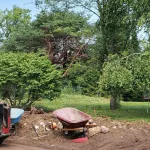
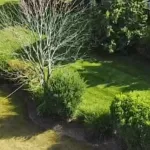
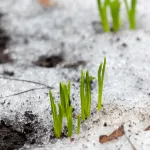


 GreenSky® and GreenSky Patient Solutions® are loan program names for certain consumer credit plans extended by participating lenders to borrowers for the purchase of goods and/or services from participating merchants/providers. Participating lenders are federally insured, federal and state chartered financial institutions providing credit without regart to age, race, color, religion, national origin, gener or familial status. GreenSky® and GreenSky Patient Solutions® are registered trademarks of GreenSky, LLC. GreenSky Serviceing, LLC services the loans on behalf of participating lenders. NMLS 1416362. GreenSky, LLC and GreenSky Servicing, LLC are subsidiaries of Goldman Sachs Bank USA. Loans originated by Goldman Sachs are issued by Goldman Sachs Bank USA, Salt Lake City Branch.
GreenSky® and GreenSky Patient Solutions® are loan program names for certain consumer credit plans extended by participating lenders to borrowers for the purchase of goods and/or services from participating merchants/providers. Participating lenders are federally insured, federal and state chartered financial institutions providing credit without regart to age, race, color, religion, national origin, gener or familial status. GreenSky® and GreenSky Patient Solutions® are registered trademarks of GreenSky, LLC. GreenSky Serviceing, LLC services the loans on behalf of participating lenders. NMLS 1416362. GreenSky, LLC and GreenSky Servicing, LLC are subsidiaries of Goldman Sachs Bank USA. Loans originated by Goldman Sachs are issued by Goldman Sachs Bank USA, Salt Lake City Branch.